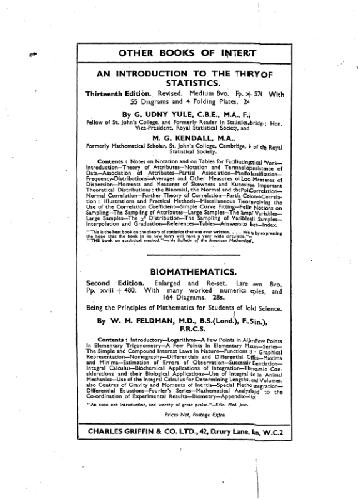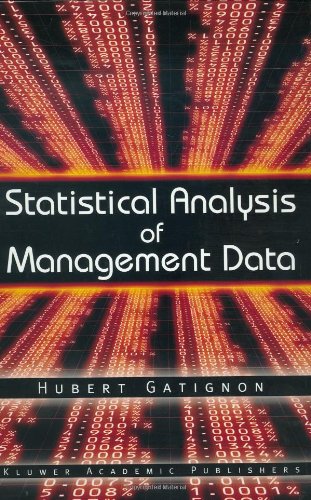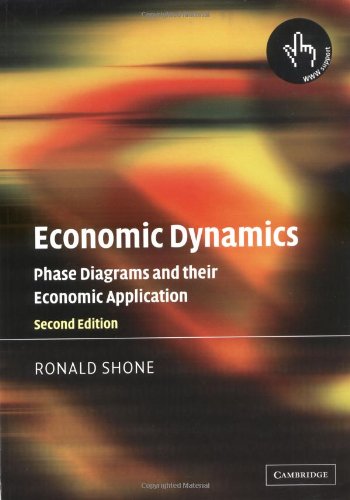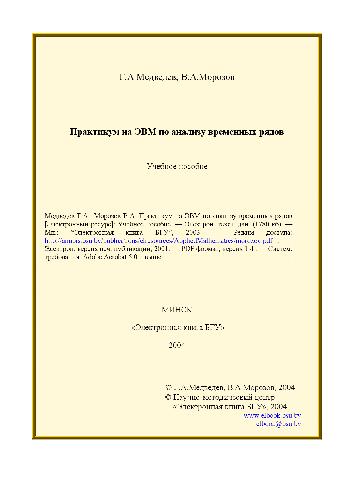Philip Arestis, Malcolm C. Sawyer9781843769156, 1843769158
Table of contents :
Cover……Page 1
Contents……Page 6
Contributors……Page 8
Preface……Page 10
Overview……Page 12
What is money? Conceptual issues……Page 14
Money in primitive, archaic and modern societies……Page 15
Conclusion: modern money……Page 23
Notes……Page 25
References……Page 26
2. Endogenous money: accommodationist……Page 28
Modern operating procedures vindicate the horizontalist position……Page 29
A depiction of the supply of high-powered money……Page 34
Credit rationing and the liquidity preference of banks……Page 35
Implications of stock–flow consistent monetary macroeconomics……Page 36
Endogenous money in an open economy……Page 40
Notes……Page 41
References……Page 42
1. Introduction……Page 46
2. The main features of structural endogeneity……Page 48
3. Structural endogeneity theory and accommodationist theory……Page 54
4. Conclusion……Page 59
References……Page 61
1. Introduction……Page 63
2. The demand for bank loans……Page 64
3. Loans and deposits……Page 70
3. Remaining issues……Page 73
4. Conclusion……Page 76
References……Page 77
1. Introduction……Page 80
2. History of money……Page 82
3. Chartal money in the history of thought……Page 84
4. Metallism vs Chartalism……Page 85
5. Acceptation: legal tender law or the hierarchy of debt?……Page 87
6. Money in the modern world……Page 88
7. Policy extensions……Page 93
Notes……Page 95
References……Page 96
The general significance of the circuit……Page 98
The monetary conditions of the circuit……Page 103
Economic policy……Page 109
Conclusion……Page 112
References……Page 113
2. Main ‘sources’ and arguments of the ICA……Page 116
3. The monetary circuit……Page 117
4. Theory of money……Page 118
5. The bank as creator of money……Page 120
6. Demand for money and the endogenous nature of the money supply……Page 121
7. Equilibrium, disequilibrium, the closure of the circuit……Page 122
8. Money market and financial market……Page 124
9. Production, employment, distribution……Page 125
Notes……Page 129
References……Page 130
Introduction……Page 132
A new analysis of money and production……Page 133
Functional income distribution and capital accumulation……Page 138
International monetary issues and European monetary union……Page 143
References……Page 147
Introduction……Page 150
Spending, constrained demand, Say’s Law and gross substitution……Page 154
Investment spending, liquidity and the neutral money axiom……Page 158
Conclusions……Page 161
Notes……Page 163
References……Page 164
2. Finance and the key role of the relationship between debt commitments and profits……Page 165
3. Minsky’s ‘financial’ theory of investment……Page 167
4. The interdependence between investments and profits and the related deviation-amplifying processes……Page 173
5. Minsky’s financial instability hypothesis……Page 174
6. The applications of Minsky’s financial instability hypothesis to the real world……Page 176
7. Minsky as an interpreter of Keynes……Page 179
Notes……Page 180
References……Page 181
1. Introduction……Page 183
2. Credit money and investment……Page 184
3. The real balance effect……Page 187
5. Principle of increasing risk and finance……Page 189
6. Interest rate determination……Page 191
8. Different types of money……Page 194
References……Page 197
12. Karl Marx’s theory of money and credit……Page 199
1. Money as the ‘general equivalent’ and the circulation of commodities……Page 200
2. The transformation of money into capital……Page 206
Marx and contemporary monetary theory……Page 213
References……Page 215
13. The transmission mechanism of monetary policy: a critical review……Page 216
The phenomenon to be explained: the potency of monetary policy……Page 217
Business and the cost of funds: some theories and their limitations……Page 218
Some other important effects of policy: household spending, exchange rates and speculation……Page 227
The uncertain link between policy-determined and long-term rates……Page 229
References……Page 232
The Phillips curve and Friedman’s proposal……Page 235
Theoretical doubts……Page 237
The implementation of monetarism……Page 239
Hysteresis and the ‘non-accelerating inflation rate of unemployment’……Page 241
Rational expectations and the theory of credibility……Page 243
Inflation targets……Page 246
Central bank independence……Page 248
Modern policymaking and the monetarist revolution……Page 249
References……Page 251
1. Constructing a post-Keynesian approach to monetary policy……Page 253
2. The mainstream case for interest rate operating procedures……Page 254
3. The PK case for interest rate operating procedures……Page 256
4. How should interest rate policy be guided? The mainstream case for inflation targeting……Page 257
5. A PK approach to inflation targeting: the minimum unemployment rate of inflation (MURI)……Page 259
6. Why inflation targeting is insufficient: the problem of asset price and debt bubbles……Page 261
7. Asset-based reserve requirements – a solution to the asset and debt bubble problem……Page 262
8. ABRR versus risk-based capital requirements……Page 264
Notes……Page 265
References……Page 267
The basics of the LLR problem……Page 269
The classical doctrine……Page 273
Financial support through macro or micro policies……Page 274
Looking for solutions to the moral hazard problem……Page 278
The LLR in the European Monetary Union (EMU)……Page 280
Notes……Page 281
References……Page 282
The nature of interest……Page 284
Real and nominal interest rates……Page 287
The term structure of interest rates……Page 289
Alternative theories of interest rate determination……Page 290
Is there a ‘fair’ rate of interest?……Page 297
Conclusion……Page 298
References……Page 299
Introduction……Page 302
The state of the economy and the banking sector……Page 303
Market persuasion vs intervention……Page 307
Where did it go wrong?……Page 311
Conclusion……Page 315
References……Page 316
Introduction……Page 318
Credit rationing in a New Keynesian framework……Page 319
Credit rationing – microeconomics……Page 320
Credit rationing – macroeconomics……Page 322
Money, credit and prices……Page 329
Credit rationing – an assessment……Page 330
Post-Keynesian alternatives……Page 332
A post-Keynesian perspective on money and credit rationing……Page 334
Notes……Page 336
References……Page 337
To ditch or to build on it?……Page 339
Filling the gap – the liquidity (preference) theory of interest……Page 340
The loanable funds fallacy……Page 341
The Keynes mechanism……Page 342
Keynes’s vision of monetary policy and financial markets……Page 344
The liquidity preference theory of bank behaviour……Page 345
Follow your leader – or not……Page 347
Expectations management and liquidity traps……Page 348
A vanishing role for money and banks, and liquidity preference theory?……Page 351
Some concluding observations on horizontalist heterodoxy, modern Taylor-rule orthodoxy and money neutrality……Page 353
Notes……Page 355
References……Page 356
Introduction1……Page 357
The financial liberalization thesis……Page 359
Financial liberalization: theory and policy implications……Page 360
Problems with financial liberalization……Page 364
Summary and conclusions……Page 372
References……Page 373
Theoretical views: regulation or not?……Page 376
Deregulation in the post-World War II USA……Page 379
The US economy’s operation……Page 382
Innovations and the crunch……Page 383
International banking……Page 385
Dissolving industrial and international structures……Page 386
Change begins: studies on deregulation……Page 387
Deregulation begins……Page 389
The deregulation of the 1980s and 1990s……Page 391
Notes……Page 393
References……Page 394
2. Orthodox and heterodox approaches to money and finance……Page 396
3. Orthodox and heterodox approaches to banking and financial crises……Page 399
4. Financial crises from Bretton Woods to the Latin American debt crisis……Page 402
5. Global financial crises in the 1990s……Page 404
6. Conclusion……Page 407
Notes……Page 408
References……Page 409
1. Introduction……Page 414
2. The risks associated with neoliberal financial reform……Page 415
3. Policies that can reduce the risks of neoliberal financial reform……Page 419
4. Lessons for policymakers……Page 426
References……Page 429
2. Questioning the fundamentals……Page 431
3. Identifying the presence and causes of bubbles and crashes……Page 440
4. Implications of bubbles – do they matter and can they be avoided?……Page 444
5. Summary and conclusions……Page 446
References……Page 447
2. Keynes on probability theory and knowledge……Page 449
3. On the nature of uncertainty……Page 454
4. Uncertainty and money……Page 459
5. Conclusions……Page 462
References……Page 463
Wicksell, the quantity theory, and monetary theory of production……Page 465
The argument in the Treatise……Page 467
Asset price speculation in the Treatise……Page 469
The ‘beauty contest’……Page 471
‘Two-price’ theory and the GT……Page 474
After the GT……Page 476
Notes……Page 478
References……Page 479
Inflationary processes in historical perspective……Page 482
The quantity theory and all that……Page 487
A structural view of inflation……Page 493
Concluding remarks……Page 496
References……Page 498
1. The property-induced economy versus possession-based production systems……Page 501
2. The core of property economics……Page 507
3. The working of the property-based economy……Page 514
References……Page 517
Index……Page 520







Reviews
There are no reviews yet.